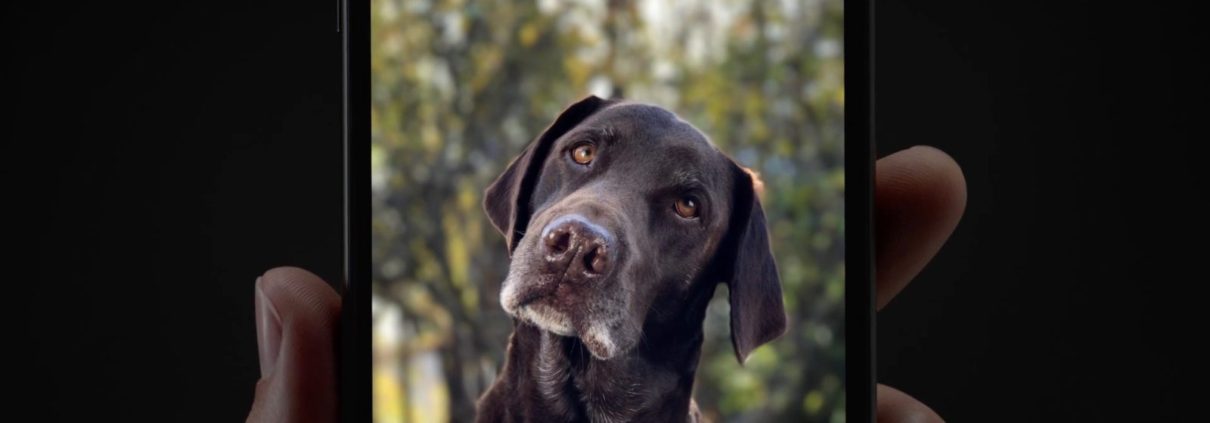Things are looking up for video.
Most of us know that video is taking communications by storm—and projected to be fully 80% of web activity by 2020. We’re now entering a new era in the video revolution with the rise of portrait mode videos. That’s where videos are shot vertically to meet the “taller” dimensions of a smartphone or tablet when held naturally in your hand.
Landscape mode, or our typical widescreen format, has been the default size for videos, films and television for decades. Our televisions and movie screens are wider than they are tall, and generations of professionals have been brought up to create content within this format. To many, portrait mode videos have been flashing-red indicators of amateur hour.
Mobile devices invert that stigma. Experts report that we spend more than 30% of our screen time on a mobile device, which is mostly in vertical mode. Accordingly, apps from Snap to Facebook to Instagram often default to portrait mode with billions and billions of videos. Snap has said that vertical videos perform nine times better on many standards of viewer engagement, and many production studios are now creating new sets optimized for portrait mode. There’s no doubt that the latest generation of consumers are growing up with vertical videos as a standard.
This is sacrilege to many pros! But a new format simply presents a new challenge to creators in terms of layout and storytelling. By eliminating landscapes and extraneous detail from a camera shot, we’ve found that vertical videos create a tight focus that can draw the viewer in. It’s a natural fit for faces—which is how the term “portrait view” got its name! And it helps us eliminate the mild-but-real hassle of rotating a device in our hand or viewing a landscape video shrunk down to fit portrait mode.
At Feel Good Video, we’ve been producing a number of explainer videos that describe how to use products. These videos live inside a mobile app, which is typically held vertically. While it takes a little creativity to adjust to this direction, the format is ripe for creativity, and we’re working with clients to create fresh storylines that fit the space.
What does this mean for clients who want to cater to mobile users—which is most of us! Increasingly, we’re working with companies to first create baseline video content, such as a longer product or brand video. We then splice and dice that core content to generate additional videos, such as teasers or shorter videos optimized for quick viewing and sharing social media.
We’re now offering portrait videos as part of our base packages. It doesn’t take much more cost or effort to record vertically during a production shoot, and capturing video in this format opens many more doors for companies to engage their customers—and establish themselves as a creative leader.
Drop us a note to learn more about how to add portrait videos to your arsenal of communications weapons.



